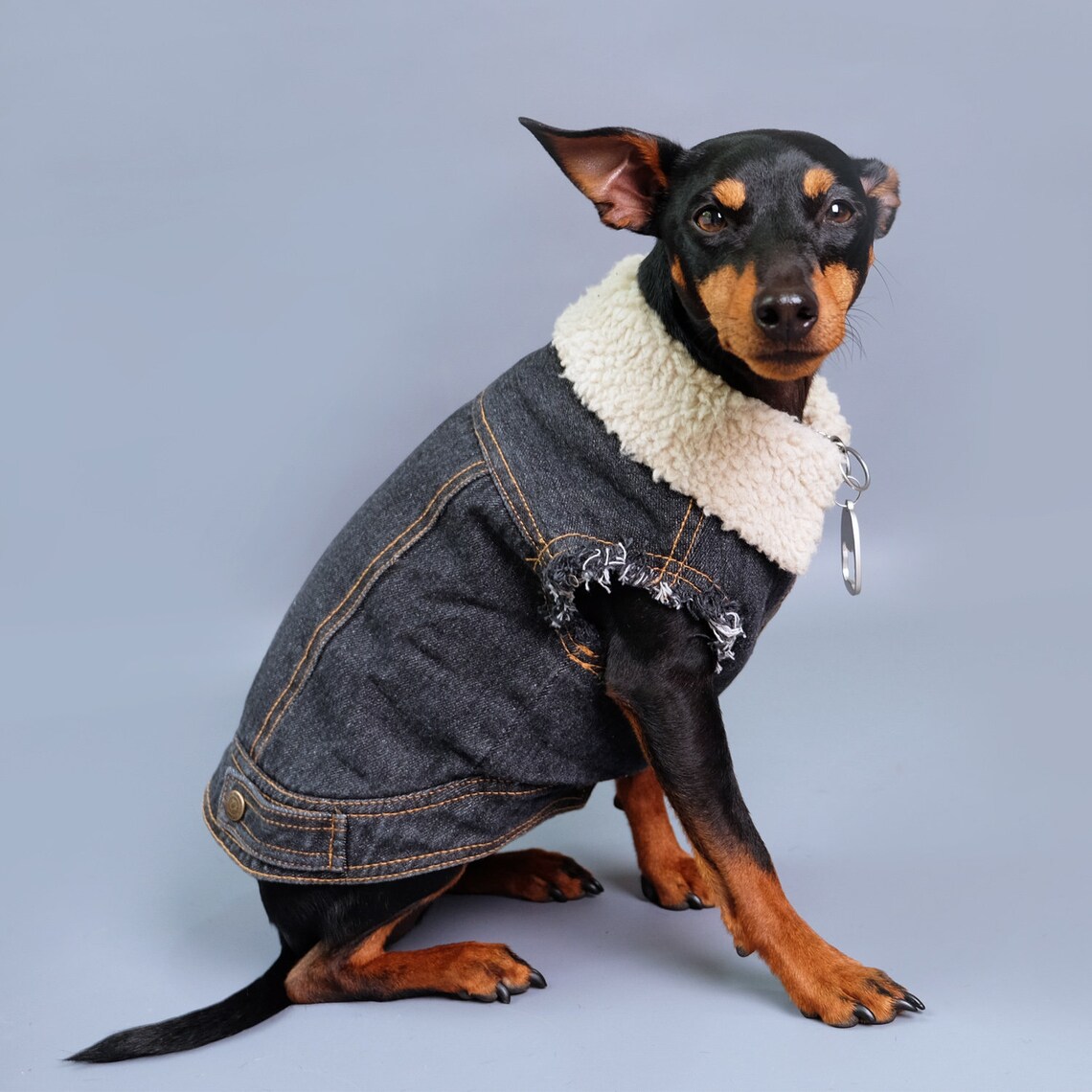

“And I had to understand how to channel a dog's energy that had that so they didn't have to end up being. “He just got in one incident too many, and it was just his nature and his genetic makeup,” Leverette explained. The experience led Leverette to want to lower the euthanization rate of dogs by at least 50% through educating owners on how to handle their dogs. In episode 1, viewers learn about the tragic turn of Leverette’s dog being euthanized for aggressive behavior when he was young. “Canine Intervention” goes into the hows and whys of training dogs, looking at the stories of couples and families who are dealing with their own problem pets, but it’s also a look into Leverette’s life, both now and being raised in Oakland. I didn't want to have to worry about security and stuff. “And I got so immersed in this training and dealing with these different breeds and temperaments, that it just really took what was a hobby that was for a security business purpose, but then it kind of took over as the main thing. I just got so immersed in dog behavior,” Leverette remembered. “I didn't want to go to the parties no more, clubs no more, socialize. He came back to Oakland following that stint and began to grow marijuana and keep security dogs around to protect his “commodity” but rather than finding an affinity for the then-illegal marijuana trade, he instead became consumed by the work of training the dogs. Leverette admitted that he left that career path when he was caught smoking marijuana early on. Jas Leverette in episode 6 "Lost and Found Dogs" of "Canine Intervention: Season 1." NetflixĪfter an experience babysitting a family friend’s pet bird and discovering there were some limitations to his love for animals - along with the fact that he didn’t care for the bloodier aspects of being a vet - he moved away from the idea of working with animals and instead went briefly into aviation. In my sixth grade graduation, I thought I was going to be working with animals and helping animals that are becoming extinct.” I remember wanting to learn how to spell ‘veterinarian’ in the second grade. “I didn't really want to read about Tom Sawyer and the books that the other kids would read, I'd be looking at animal books and wanting to learn breeds. “I always had a real connection with dogs and always loved horses - I just loved animals,” Leverette said. As Leverette described, he’s loved dogs from a young age. It’s an unfair situation, since we don’t have the time span it usually takes to really train a dog, but he is game. I set up a video chat with Leverette to talk about the show, but also so he can see my dogs interact. He barks at the delivery man, he barks when my phone rings, he barks when I use my Sodastream for sparkling water. While Pele is the type to lounge around in the sun and take a nap or five, Finn is all high energy. After chatting with my editor about some of my difficulties of working from home with Finn, my Australian cattle dog, and Pele, an English bulldog, I was deemed the most fitting to have an interview with Leverette, given my, uh, situation. It’s not by coincidence that I was the SFGATE staffer selected to do this interview. Leverette is explaining his Netflix show, “Canine Intervention,” which showcases his training methods with dogs of all sorts of sizes and temperaments, and here I am with my own lovable boys in the next room, doing what they do best - misbehaving.


 0 kommentar(er)
0 kommentar(er)
